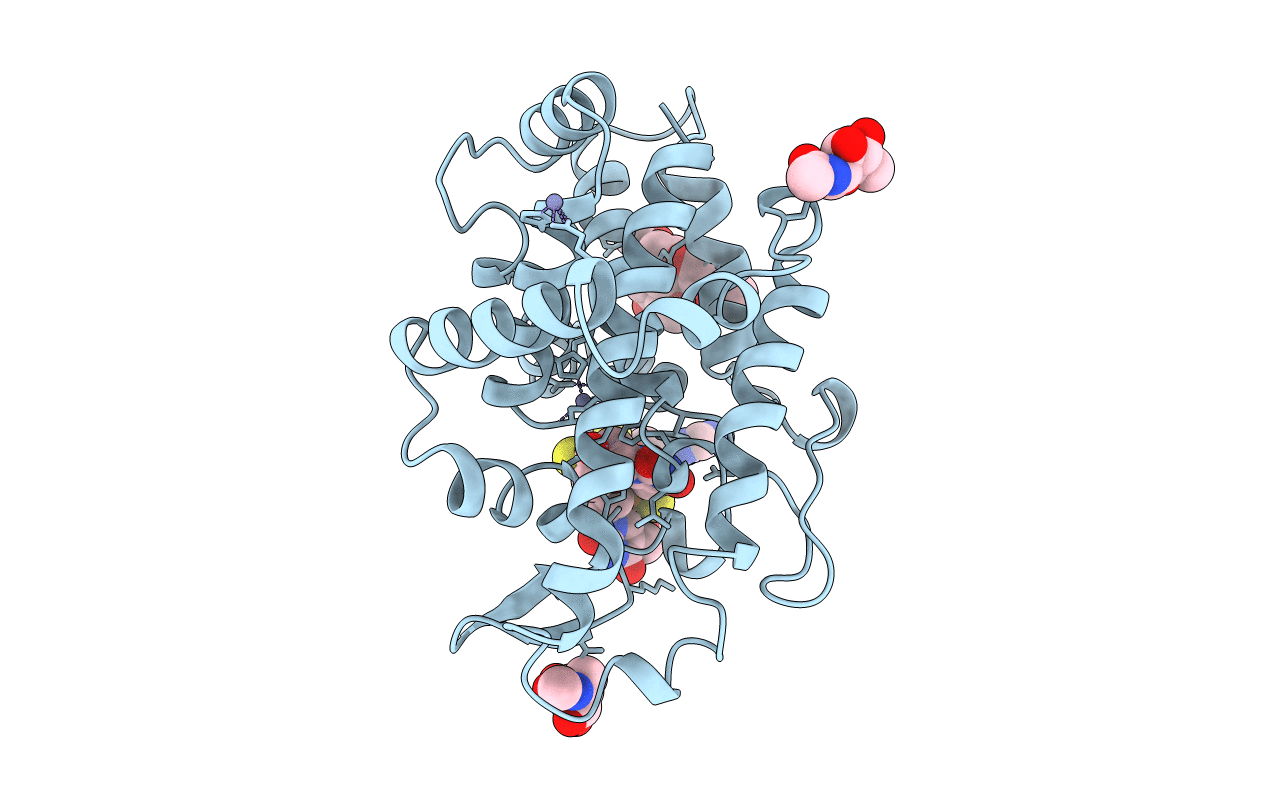
Deposition Date
1997-05-28
Release Date
1997-12-03
Last Version Date
2024-10-23
Method Details:
Experimental Method:
Resolution:
1.80 Å
R-Value Free:
0.23
R-Value Work:
0.20
R-Value Observed:
0.20
Space Group:
P 21 21 21


